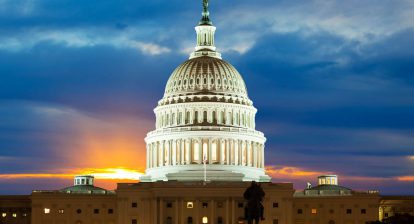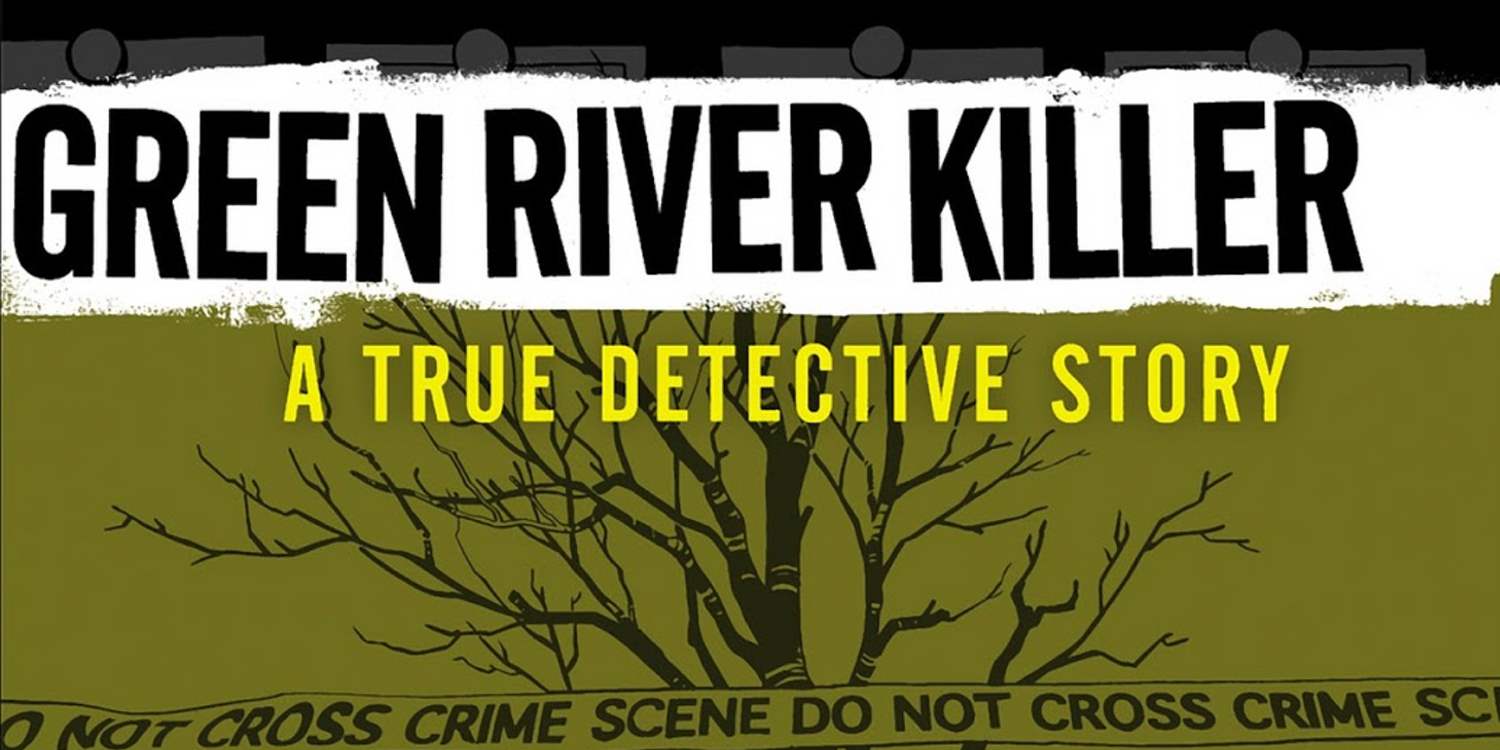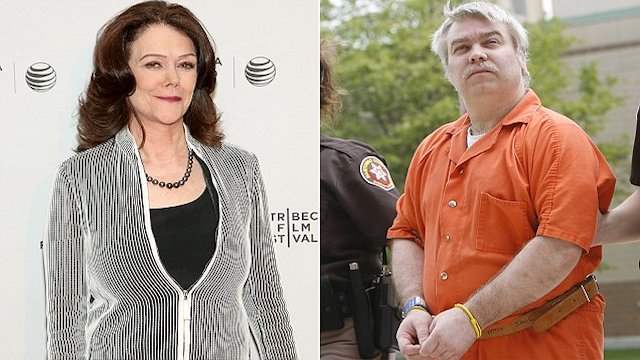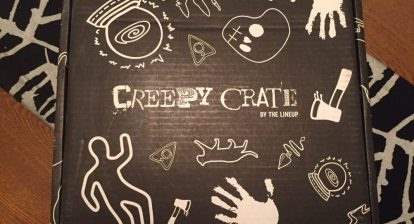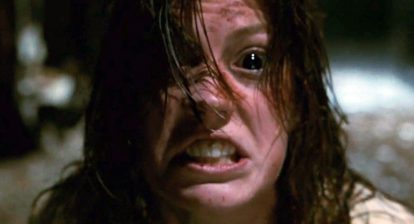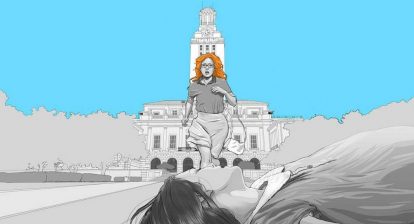On November 18, 1978, an American cult led by Jim Jones orchestrated a mass-suicide that claimed the lives of over 900 people, 287 of which were children murdered by their own parents. Once a peace and love style cult that emphasized racial equality, The People’s Temple went from being an accepting religious organization to flying off the rails when they left the US in 1977. This loss of life was, and still is today, extremely tragic and saddening, but hopefully because of technological advancements and the availability of information, something of this magnitude might be avoided in the future.
In 1954, James Warren Jones, more commonly known as Jim Jones founded the Community Unity Church, later called The People’s Temple, in Indianapolis, Indiana. The religious organization was described as Christian based with socialist politics and an emphasis on racial equality, but, at its peak, boasted a few thousand members and connections with some high up politicians.
Jones was inspired to create The People’s Temple after he became a self-described Communist, however his political beliefs did not stop him from becoming a pastor at a Methodist Church in the area. Then, when people of the community drew a proverbial line in the sand after Jones attempted to integrate Black and White congregants, he left in order to create his own church.
The Community Unity Church went through a couple of name changes before settling on The People’s Temple Full Gospel Church in 1956 and it was here that Jones’ claims of divine healing and clairvoyance earned him a loyal congregation. Although many turned their noses up at the fact that his church was free from the racism and segregation that poisoned American society at the time, Jones was not hurting for attendees willing to give his unique ideas a chance.
Over the course of the next few years, Jones became more active in the local community, integrating more Blacks in his pews by 50% and even hiring a Black preacher. For the 1950s, this was virtually unheard of. In 1960 the Temple opened a soup kitchen and provided a wealth of social services, including assistance with rent and job placement, free canned goods and clothes.
However, internally, things were taking a much darker turn. The People’s Temple began to lessen the amount of those they would let in and they started to demand more from their congregates. For example, the Temple made a rule that members were required to spend Thanksgiving and Christmas with fellow congregants – their Temple “family” – rather than their biological relatives, thus weaning them away from the real world.
Jones was also starting to be seen more as a Christ-like figure, the messiah for his generation, while he claimed to have envisioned a nuclear attack on Chicago, IL, so the Temple had to move to California to avoid this disaster. This seems nuts to most people with some sense about them, but 190 people followed Jones to Redwood Valley, California in 1963 regardless. In California they would spread the gospel and eventually expanded to having services in both San Francisco and Los Angeles. Later, in 1971 and 1972 each of these cities would house a permanent facility that was a branch of The People’s Temple.

By the mid-1970s The People’s Temple was 3000 strong, a significant number made possible by using 10-15 buses which traveled throughout California fundraising and recruiting. But, again, a more sinister aspect was starting to shine through the light of the church. As time wore on, the bus tours extended to other parts of the United States where members conducted fake healing ceremonies in order to raise money.
Although The People’s Temple claimed to be an organization of equality, it is hard to justify this when Blacks in the church did most of the manual and more labour intensive activities while Jones surrounded himself with White attendees that were young and had enormous salaries. It was the latter group who were the representatives of The People’s Temple in terms of public relations, too. Meanwhile, the perception of Jones as a Christ-like figure moved to a sort of worship as he created and sold blessed photographs of himself to raise money for the church.
However, despite some internal issues, the church was known for helping the local poor and needy by running several residential care homes for the elderly and foster children, along with a state-licensed house for the developmentally disabled. Because of their rising popularity and visibility in the community, Lester Kinsolving wrote a seven-part expose on The People’s Temple that ran in both the San Francisco Examiner and Indianapolis Star.
The public responded with a mixture of fascination and outrage at this group who dared to question long-held beliefs about Christianity, as well as a wide variety of social norms. The Church also had eight members flee the congregation and among numerous complaints lay the foundations of the eventual murder-suicide of 900 people. Jim Jones reportedly told some of these former members that in order to keep their traditions they must kill themselves to combat the harassment that was following them after the news report.
Amidst this turmoil Jones moved to the People’s Temple in San Francisco, but after clashes with the local media and residents he decided that they just needed to flee the United States entirely. During the short period after moving to San Francisco, the church also had some tension with Nation of Islam, they were investigated by the IRS for tax purposes, and were constantly reported on by the press. It was after all of these events compounded together that The People’s Temple moved to the infamous Jonestown, a settlement they created in the country of Guyana in South America, in 1977, even though the land had been purchased three years prior.
Following another expose on The People’s Temple, Jones and his congregants fled from scrutiny and persecution, but unfortunately this bliss was only temporary. Hardly two years later, Leo Ryan, a Congressman from San Francisco, visited Jonestown to investigate claims of abuse from people inside the town and after visiting for just a few short days, notified the residents that he would return to take away those who wanted to leave. The next day, Congressman Ryan escorted these members to an airstrip, but before they could board the plane they were shot at by The People’s Temple security guards who had earlier helped them to the plane. Leo Ryan and one of the so-called defectors were killed.
After the murders, Jim Jones realized that he, as well as the members of The People’s Temple, were in grave danger and it was at this point that he reportedly decided to orchestrate the mass suicide that we know now as the Jonestown Massacre. There was a conversation beforehand and for some strange reason it was recorded, so it is readily available for those who want to listen to it.

The recording itself is haunting. While many people are arguing against suicide, Jim Jones persists, until finally he orders them to drink a concoction of cyanide-laced Flavor-aid (similar to Kool-Aid). Unfortunately, before the parents killed themselves they were ordered to start with their kids and on the tapes amongst Jones talking, one can first start to hear the pained cries of children as the poison wreaks havoc on their bodies. After everyone dies there is just silence before the tape finally cuts off.
The massacre of Jonestown was a sad, tragic event that we hopefully will not have to witness again in this current time. Although Jim Jones had a good message, megalomania and power over others is a very dangerous game to play, one that ended up with the assisted suicide of 900 people who seemingly just wanted to make the world a better place.


